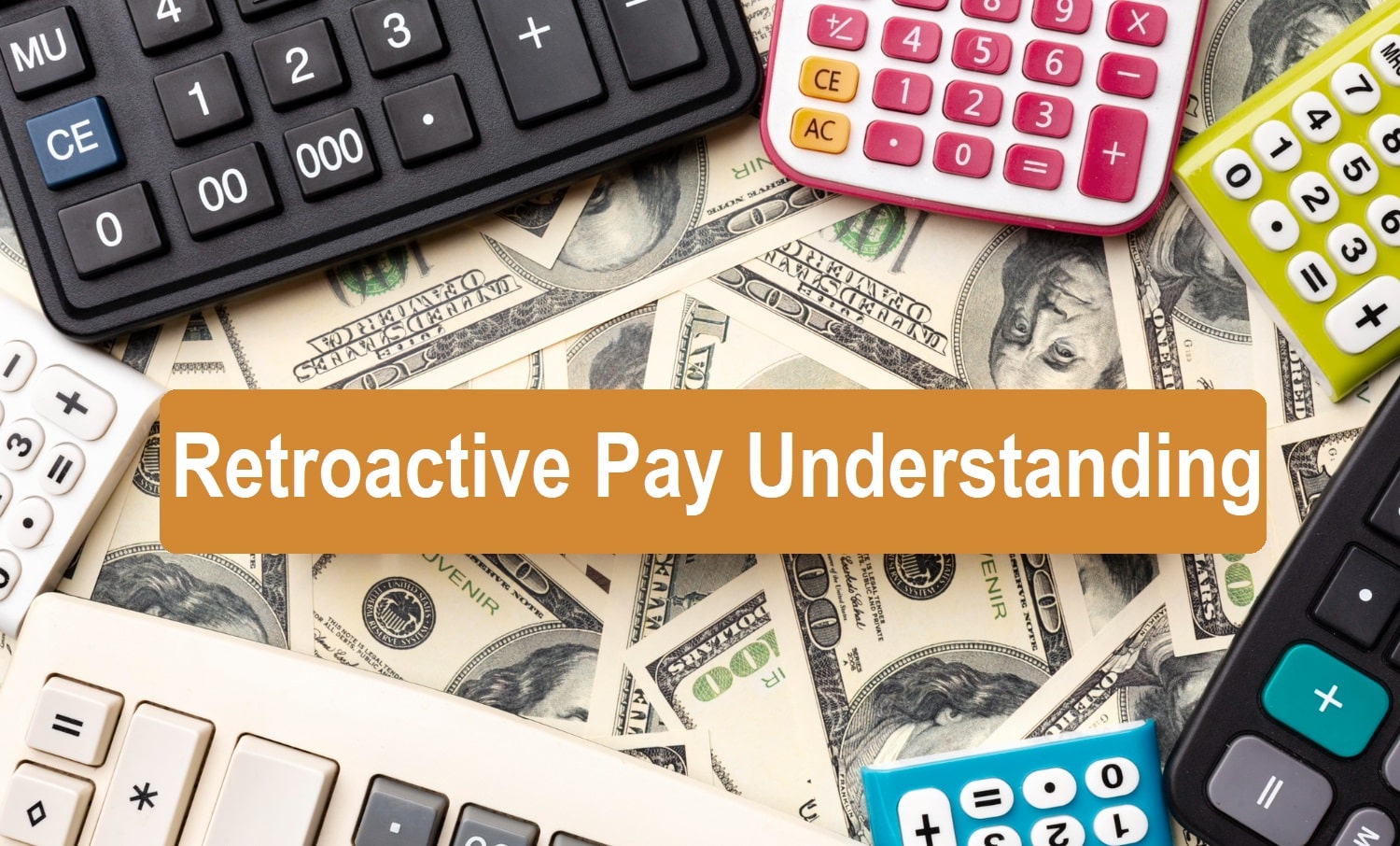
Learn about the concept of retroactive pay | retro pay, its benefits, and its importance for employees. Get answers to common questions about retroactive pay and find out how it can positively impact your finances.
What is Retroactive Pay?
Retroactive pay (Delayed/Retro) is a type of payment made to employees for work that has already been performed. This payment is meant to cover the difference between what an employee was originally paid and what they should have received based on a recent adjustment to their salary or benefits. The term “retroactive pay” refers to the fact that the payment is being made after the work has already been performed, rather than being included in the employee’s regular paychecks.
Understanding the Concept of Delayed/Retro/Retroactive Pay
Retroactive pay is typically used in cases where an employee’s compensation is increased as a result of a collective bargaining agreement, a new contract, or a change in the law. This type of pay can be offered as a lump sum or spread out over several pay periods, depending on the agreement.
Retroactive pay is most commonly seen in the public sector, where changes to salaries or benefits are subject to union negotiations or legislation. Private sector employees may also be eligible for retroactive pay if their employer changes their compensation packages.
Advantages of Retroactive Pay for Employees
Retroactive pay can be a welcome financial boost for employees who have been underpaid for a period of time. Some of the benefits of retroactive pay include:
- Improved financial stability: By receiving retroactive pay, employees can feel more secure in their financial situation, as they are able to make up for any missed or underpaid wages.
- Increased purchasing power: With extra money in their pocket, employees may be able to make purchases they wouldn’t have been able to otherwise, such as paying off debt or making a large purchase.
- Boost to retirement savings: Employees who receive retroactive pay may be able to save more for retirement or make contributions to their retirement accounts, which can have a long-term impact on their financial well-being.
Common Questions about Retroactive Pay
How is retroactive pay calculated?
Retroactive pay is typically calculated based on the difference between the employee’s original pay rate and their new pay rate. The calculation can be a simple multiplication of the difference in pay rates by the number of hours worked, or it may be more complex, depending on the terms of the agreement or contract.
Is retroactive pay taxable?
Yes, retroactive pay is considered taxable income and is subject to federal, state, and local taxes, as well as Social Security and Medicare taxes.
Can retroactive pay be refused?
No, an employee cannot refuse retroactive pay if it is offered to them. However, employees may be able to negotiate the terms of their retroactive pay, such as the amount or the timing of the payment.
How long does it take to receive retroactive pay?
The timing of retroactive pay will vary depending on the employer and the terms of the agreement or contract. In some cases, retroactive pay may be included in the employee’s next regular paycheck, while in others, it may be paid in a lump sum or spread out over several pay periods.
Conclusion
Retroactive pay can be an important financial tool for employees who have been underpaid for a period of time. By understanding the concept of retroactive pay, its benefits, and the common questions surrounding it, employees can make informed decisions about their finances and take advantage of this type of payment to improve their financial stability and increase their purchasing power.
